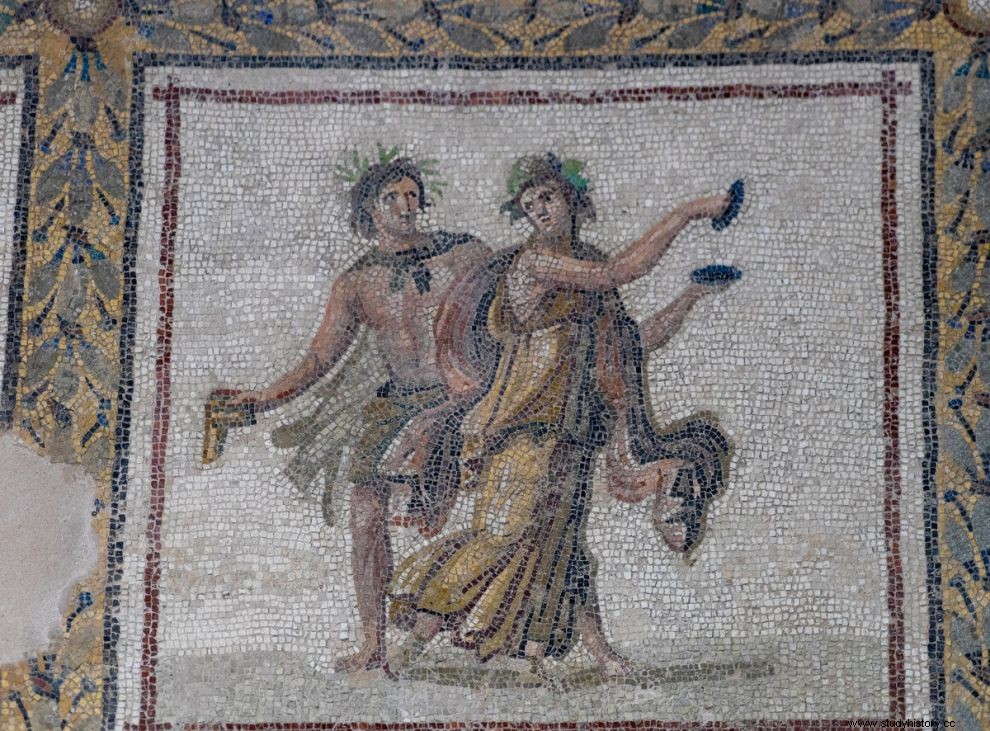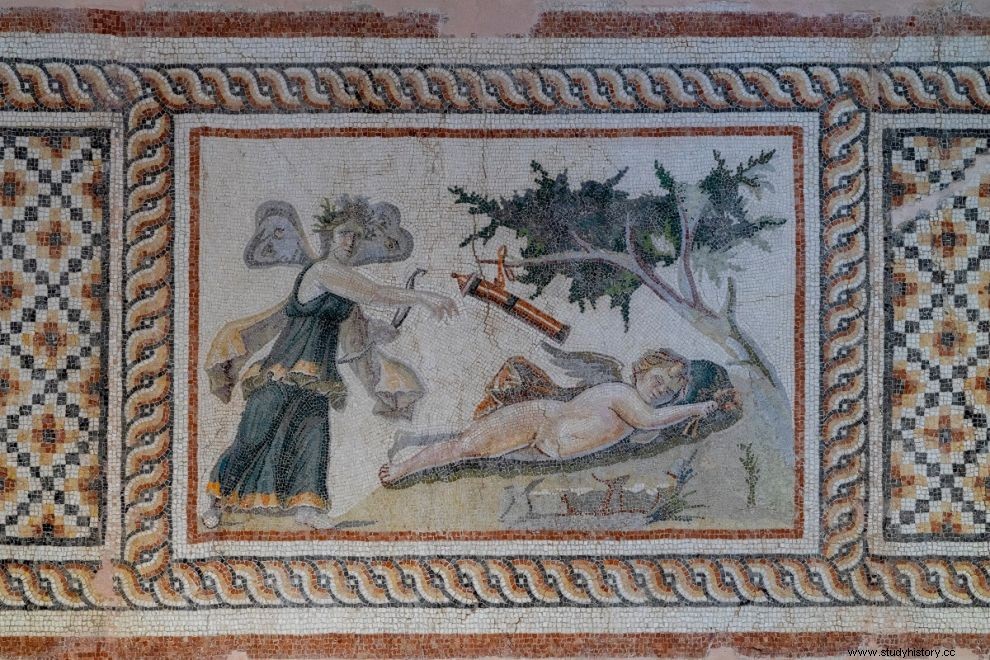It is obvious that in the Middle Ages sexual life would be full of taboos and prohibitions, anywhere in the then known world. And therefore it is obvious that the same thing would happen within the context of the Byzantine Empire, which came to tame the somewhat loose morals - according to its logic - that prevailed in the ancient world.
Apart from punishments and prohibitions, however, people also used a lot of other ways to achieve what they wanted in bed. Due to the minimal knowledge of medicine or chemistry, the methods were doomed to failure. And if today some of them seem funny, those years proved to be fatal for many.
Here are some Byzantine customs regarding sex and more.
Byzantine Viagra
Apparently men have been looking for the antidote to erectile dysfunction since then, and for some time they thought they had found it in the "face" of a plant, the mandrake. In general, the mandrake has been a favorite mystical plant since ancient times, closely associated with a host of superstitions and beneficial actions. Some used it as a talisman against illness, others were afraid to uproot it because it was supposed to make a scream that could drive you crazy. Why not, then, not serve as a herbal viagra?
In addition to this method, the case of the emperor Andronikos Komnenos has also been recorded, who in order to obtain an erection anointed his genitals with various ointments, while at other times he poured it into special foods, e.g. he ate finch meat,
On the other hand, Orivasius, a medieval physician advised those with such problems to rub pepper and nitrous on their genitals, sleep on soft mattresses and "read lewd readings" - whatever that meant. at that time.
Sex with animals?
Don't even think about it (and basically why think about it, mercy). Apparently animal riding was also considered a perversion back then, with the law being very strict against anyone who chose an innocent animal to satisfy their sick urges.
For the state, the "horsemen", i.e. cattle herders, were considered "lepers", i.e. morally polluted, and some really harsh punishments were imposed on them. For men, it provided for castration, and for women, death by sword, although sometimes they might be spared their lives and punished by depriving them of their freedom. We do not mean that they put them in prison, but that they made them slaves until the end of their lives.

To make a boy
Here things were more strange, they didn't just stop at the well-known heather herbs that some people still believe in - and still use. Then they had developed a whole tactic that had to be faithfully followed during sex, which of course made no sense.
Therefore, according to this method, intercourse had to take place on the right side, because in those years it was believed that the male child came out of the right testicle and the female child from the left.
It goes without saying that here too there were other recipes, with magnolias and ointments, but one was so disgusting and obviously unhealthy that it stands out. What was she "saying"? That in order for the child to be male, the man would have to smear his mole with hare's blood before sex. Great splurge.
Contraceptives
And here we have a list of very nasty things, which for some reason were considered necessary to stop a woman's pregnancy. From frog brain and hare hair to lighter but equally useless situations she should endure, like putting mint in her vagina before intercourse.
Generally there was a series of herbs with which - especially prostitutes - washed their vulva every month in order to avoid unwanted pregnancy.
Abortions
Obviously, even in a theocratic society, abortion was something unacceptable. There were ways to make a woman lose her child, but if such a thing came to the notice of the authorities, the penalties were very heavy.
The church considered the woman "murder" and excluded her from Holy Communion for life (later it reduced the "penalty" to ten years' excommunication). The state sent her into exile, both herself and those who helped her, while the husband had the right to divorce her, since this had happened without his knowledge.
As for the methods of abortion, there were many. The most common was to press the belly of the pregnant woman or to place heavy weights on it. And of course, there was no lack of various poisons and poisons, which often led to the death of the woman.

“Virgin”
Of course, one can understand how difficult it was for a girl to get married in those years if she had made love before marriage, so her relatives often ran to "correct" the situation with various Kombogianni methods and not with what we understand today as "virgin surgery". .
One of the most common methods was for women to melt an herb that had healing and septic properties, symphyte, and place it on their vulva. They did something similar with bay leaves, after first heating them.
Adultery
From time to time there were various punishments for those who indulged in the forbidden relationships - the punishments, of course, were always more severe for women, as the society was deeply patriarchal. But the one who put everything in order with his enormous legislative work was Leo the Wise, who reigned from 886 to 912.
One of his laws said that "the husband who knows and forgives the adultery of his wife will be scourged and exiled, while the nose of the adulterer and the adulteress will be cut off".
Nose cutting was also prescribed for the man who would have sex with a nun, as she was considered to belong to the Church, so it was adultery again! A similar fate awaited her.
Another law stated that “a married man who commits adultery shall be whipped twelve times and whether he is rich or poor he shall pay a fine. A bachelor six times".
At the same time, the wife who committed adultery was forced to be imprisoned in a monastery, with her property automatically passing into the hands of the cheating husband.
It is also interesting how the word "keratas" came out in that period. The Byzantines considered animals with horns, such as the bull and the ram, to be a bit slow and very tolerant. For this reason, they began to liken the cheating husband in this way as they believed that either he did not cut him much, so he did not understand that his wife was cheating on him, or he was too tolerant of his wife, allowing her to "go around".
